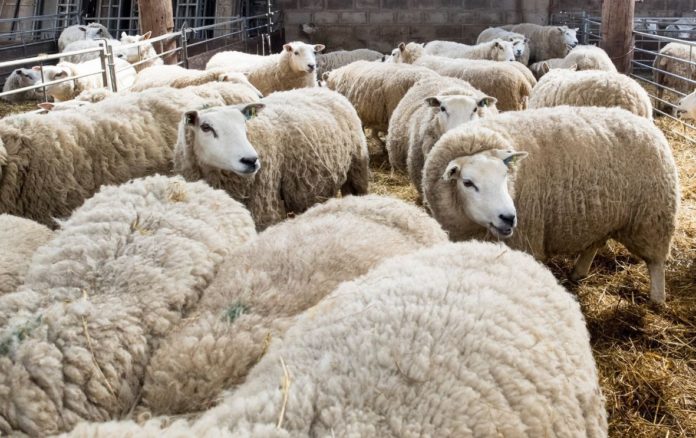In this article, CAFRE’s Jack Friar discusses weaning lambs.
Wean lambs between 12 and 14 weeks of age and off them the quality grass. Therefore, you should earmark lambs born around the start of March for weaning in the next few weeks.
Not weaning at this age can have a negative impact on both lambs and ewes.
Once lambs reach this age, they are consuming large quantities of grass and by not weaning them, both ewes and lambs will be competing for grass.
Consider weaning lambs at approximately ten weeks for:
- Hogget ewes;
- Ewes rearing triplets;
- Other ewes in poor condition.
FEC and BCS
After eight to ten weeks, the proportion of milk in the overall diet is minimal, particularly for these lambs.
Having the correct body condition score for the next breeding season starts at weaning. It can take ten to 12 weeks for a ewe to gain one body condition score.
Take faecal egg counts (FEC) of lambs at weaning and drench, if necessary. Leave these lambs on the same grazing for four to five days.
Take ewes away from lambs as this helps the lambs settle before moving as they are going back to surroundings, they are familiar with.
Do not dose and move. This is also a good time to administrate trace element supplements if needed.
Creep feeding and creep gazing
In this article, CAFRE beef and sheep adviser, Gareth Beacom, Enniskillen, discusses creep feeding and creep grazing lambs.
Creep feeding is a debate that crops up annually with BDG members and has many pros and cons.
Although meal ration prices have considerably increased, there are also many benefits of creep feeding.
The main benefits are getting lambs sold earlier, hopefully at a higher price and freeing up grass in the late summer and autumn months.
For farmers who may struggle to bulk up silage supplies this year, creep feeding may take the pressure off grazing swards and allow for more fields to be closed off and harvested along with either first or second-cut silage.
Creep feeding lambs also allows the option to wean lambs earlier, further reducing the pressure on grazing ground.
Read more on this.





